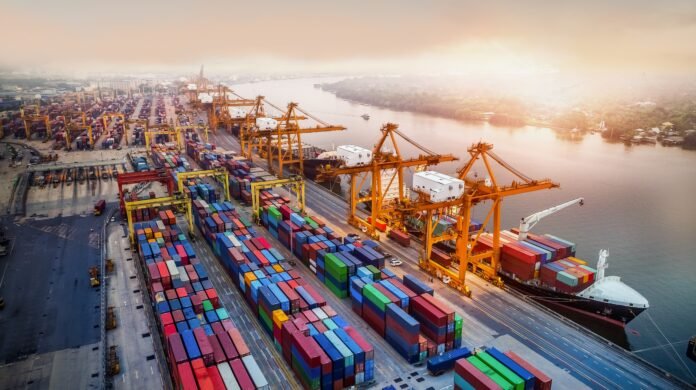Saudi Arabia’s non-oil exports jumped 30.4 percent, reaching $9 billion. Machinery, electrical equipment, and parts led the surge, becoming the largest part of the export basket. This growth reflects the country’s push to diversify its economy under Vision 2030.
The United Arab Emirates received the largest share of Saudi non-oil goods, totaling $2.67 billion. India followed with shipments worth $930 million, while China imported $531 million. Turkiye, the UK, and Egypt also ranked among top destinations. Other notable markets included Belgium, Qatar, Switzerland, Kuwait, Jordan, and Bahrain.
The increase shows that Saudi Arabia actively promotes non-oil exports and re-exports. Non-oil exports, excluding re-exports, grew slightly, while re-exported goods more than doubled. This demonstrates strong momentum in sectors beyond oil.
Machinery and electrical equipment drove growth with a remarkable 191.1 percent increase. Chemical products followed, holding a 19.6 percent share of non-oil exports. These two sectors now dominate Saudi Arabia’s diversified export portfolio.
Ports played a crucial role in boosting exports. Jeddah Islamic Sea Port handled the largest volume, followed by King Fahad Industrial Sea Port and King Abdulaziz Sea Port in Dammam. Jubail and Ras Al Khair ports also processed significant volumes. On land, Al-Batha Port led exports, while Al-Hadithah and Al-Wadiah ports contributed smaller amounts. Airports, including King Abdulaziz International and King Khalid International, also facilitated substantial exports.
Overall merchandise exports grew by 7.8 percent, totaling $27.2 billion, despite oil exports declining slightly. As a result, oil’s share of total exports fell, showing the country’s increasing reliance on non-oil trade. Asia remained the largest market, with China leading as the top destination, followed by the UAE, India, South Korea, and Japan. The US, Egypt, and Malta also imported Saudi goods.
Imports decreased by 2.5 percent to $20.1 billion. Machinery, transport parts, and base metals led imports, with chemical products and mineral goods following. Asia again dominated trade partners, while Europe and the Americas contributed smaller amounts. China and the US remained the top import sources, followed by the UAE, Germany, and India.
Sea routes handled the majority of imports, followed by air and land. King Abdulaziz Sea Port in Dammam received the largest inbound shipments, followed by Jeddah Islamic Sea Port. Al-Batha Port led land imports, and King Khalid International Airport handled the largest air cargo.
Saudi Arabia continues expanding non-oil exports, focusing on machinery, electrical equipment, and parts to strengthen trade. This growth supports economic diversification, boosts GDP, and reduces oil dependence.


